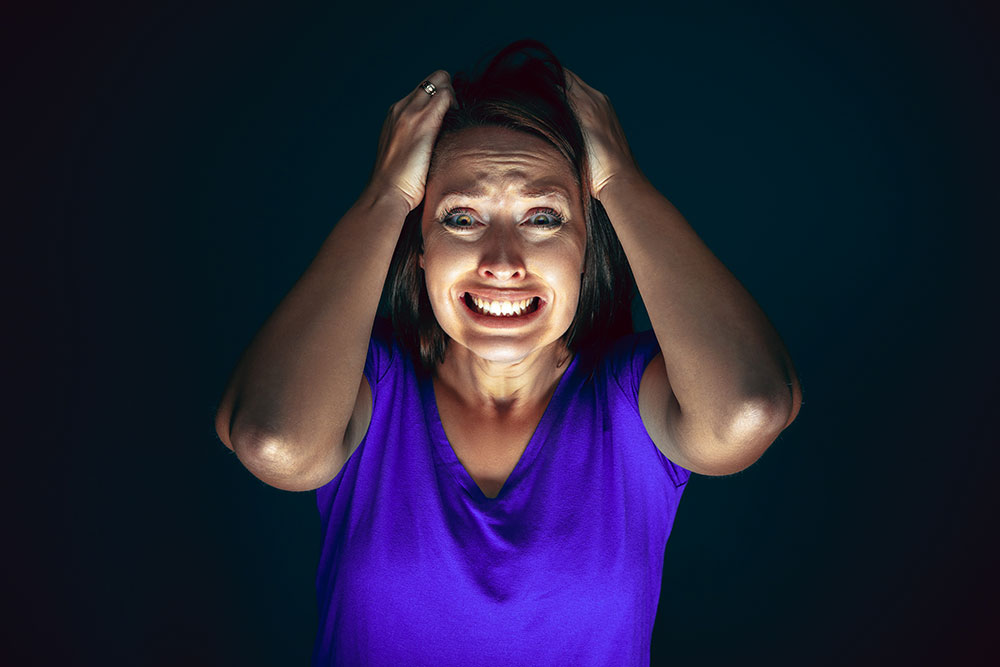Caffeine, the world’s favorite stimulant, plays a significant role in our daily lives. From that morning cup of coffee to energy drinks during hectic days, caffeine’s influence is undeniable. But what exactly happens when we consume caffeine? How does it interact with our body and mind? In this exploration, we delve into the fascinating mechanisms behind caffeine’s effects. From boosting alertness to potential impacts on sleep and overall health, join us as we uncover the science behind caffeine’s journey through our bodies. Let’s navigate the pathways of this beloved compound and understand how it can shape our physical and mental well-being.
How Does Caffeine Affect My Body?
Caffeine affects the body in several ways due to its stimulant properties. When you consume caffeine, it is absorbed into the bloodstream and can have widespread effects on various organs and systems. Here’s how caffeine affects different parts of your body:
- Central Nervous System: Caffeine’s primary action is on the central nervous system (CNS). It works by blocking the action of adenosine, a neurotransmitter that promotes relaxation and drowsiness. By inhibiting adenosine, caffeine increases the release of other neurotransmitters like dopamine and norepinephrine, leading to increased alertness, improved focus, and a sense of wakefulness.
- Heart and Circulatory System: Caffeine can temporarily increase heart rate and blood pressure. This effect is more pronounced in individuals who are sensitive to caffeine or consume it in large amounts. For most people, moderate caffeine intake does not pose a significant risk to heart health.
- Respiratory System: Caffeine acts as a mild bronchodilator, which means it can help open up the airways and improve breathing. This property is why caffeine is sometimes used in the treatment of asthma.
- Digestive System: Caffeine can stimulate gastric acid secretion and may contribute to acid reflux or indigestion, particularly when consumed in high amounts or on an empty stomach. It can also have a mild laxative effect for some individuals.
- Excretory System: Caffeine has a diuretic effect, meaning it can increase urine production. However, regular caffeine consumers tend to develop a tolerance to this effect, and it may not lead to significant dehydration unless consumed in excessive amounts.
- Muscles: Caffeine can enhance muscle contractions and temporarily improve physical performance. This is why it is often used as an ergogenic aid by athletes.
- Brain Function: Besides promoting alertness, caffeine can improve certain aspects of cognitive function, such as attention, concentration, and reaction time. However, excessive caffeine consumption can lead to jitteriness and interfere with focus and concentration.
- Mood and Emotions: Caffeine’s impact on mood can vary from person to person. Some individuals may experience a temporary mood lift, while others may become more anxious or restless after consuming caffeine.
- Sleep Patterns: Caffeine can interfere with sleep by disrupting the natural sleep-wake cycle. It can make it harder to fall asleep, reduce the total sleep time, and decrease the overall quality of sleep, especially if consumed close to bedtime.
It’s important to note that individual responses to caffeine can differ significantly. Some people may be more sensitive to its effects and experience adverse reactions even with small amounts, while others may tolerate higher doses without noticeable side effects. Additionally, regular caffeine consumption can lead to physical dependence, and sudden cessation may result in withdrawal symptoms like headaches, irritability, and fatigue.
As with any substance, moderation is crucial when consuming caffeine to enjoy its benefits while minimizing potential negative effects. If you have specific health conditions or concerns, it’s advisable to consult with a healthcare professional to determine how caffeine may affect your body and whether any adjustments to your intake are necessary.
What Are Panic Attacks?
Panic attacks are intense and sudden episodes of overwhelming fear or anxiety that can strike without warning. They are a type of anxiety disorder and can be a distressing and frightening experience for those who experience them. Panic attacks can occur in various settings and situations, and they may not always have an obvious trigger.
Key features of panic attacks include:
- Sudden Onset: Panic attacks typically come on suddenly, with little to no warning. The person may be going about their daily activities when the attack strikes.
- Intense Fear: During a panic attack, individuals experience an overwhelming sense of fear or dread. They may feel like something terrible is about to happen, or they might fear losing control or going crazy.
- Physical Symptoms: Panic attacks are associated with a range of physical symptoms, which can vary from person to person. Common physical symptoms include a racing or pounding heart, shortness of breath, chest pain or discomfort, trembling or shaking, sweating, dizziness or lightheadedness, and a feeling of choking.
- Psychological Symptoms: In addition to physical symptoms, panic attacks can lead to psychological symptoms such as a sense of detachment from reality, a fear of dying or having a heart attack, and a feeling of being out of control.
- Duration: Panic attacks typically reach their peak intensity within minutes and may last for several minutes, although some can persist for longer periods.
- Post-Attack Concerns: After a panic attack, individuals may experience ongoing worry or fear about having another attack. This fear can sometimes lead to changes in behavior as they try to avoid situations that they believe may trigger an attack.
It’s important to note that panic attacks are not life-threatening on their own, but they can be extremely distressing and disruptive to a person’s life. If someone experiences recurrent panic attacks or develops a fear of having more attacks (known as panic disorder), it’s essential to seek professional help.
The exact causes of panic attacks are not always clear, but they may be related to a combination of genetic, biological, psychological, and environmental factors. Stress and major life changes can also contribute to their occurrence.
Treatment options for panic attacks and panic disorder typically include psychotherapy, such as cognitive-behavioral therapy (CBT), and, in some cases, medication. If you or someone you know is experiencing panic attacks, it’s crucial to reach out to a mental health professional for proper evaluation and support. Effective treatment can help manage and reduce the frequency and intensity of panic attacks, improving the individual’s overall quality of life.
What Are the Signs of a Panic Attack?
The signs of a panic attack can vary from person to person, but they generally involve a combination of intense physical and psychological symptoms. These signs typically reach their peak within a few minutes and may subside within 20-30 minutes. Here are the common signs and symptoms of a panic attack:
Physical Symptoms:
- Rapid Heartbeat: A pounding or racing heart is a prevalent physical symptom of a panic attack. It can feel as though the heart is beating much faster than usual.
- Shortness of Breath: People experiencing a panic attack often report feeling like they cannot catch their breath or are suffocating.
- Chest Pain or Discomfort: Chest pain or a feeling of pressure in the chest is a frequent symptom. This can sometimes be mistaken for a heart attack.
- Trembling or Shaking: Uncontrollable shaking or trembling of the hands or other body parts is common during a panic attack.
- Sweating: Profuse sweating, even in cool temperatures, is a typical response to a panic attack.
- Feeling of Choking or Tightness in Throat: Some individuals may experience a sensation of choking or tightness in the throat, leading to difficulty swallowing.
- Dizziness or Lightheadedness: A feeling of dizziness or lightheadedness can be present during a panic attack.
- Nausea or Upset Stomach: Some people may experience digestive discomfort, including nausea, stomach cramps, or diarrhea.
- Hot or Cold Flashes: A sudden sensation of feeling hot or cold may occur during a panic attack.
Psychological Symptoms:
- Intense Fear or Dread: Panic attacks are characterized by an overwhelming sense of fear or impending doom. The person may feel like something terrible is about to happen, even if there is no apparent reason for it.
- Feeling of Detachment: Some individuals may experience a sense of detachment from themselves or their surroundings, as if they are observing the situation from outside their body.
- Fear of Losing Control: During a panic attack, there may be a fear of losing control over one’s thoughts, emotions, or actions.
- Fear of Going Crazy or Dying: People experiencing a panic attack may worry that they are going crazy, losing their mind, or that they might die from the intensity of their symptoms.
- Feeling Out of Touch with Reality: Some individuals may feel disconnected from reality or like they are in a dream-like state.
It’s important to remember that panic attacks are not life-threatening on their own, although they can be distressing and disruptive. However, if someone is experiencing symptoms that resemble a panic attack and they are unsure of the cause, it’s essential to seek medical evaluation to rule out other potential medical conditions. If panic attacks are recurrent and interfering with daily life, seeking help from a mental health professional can be beneficial for diagnosis and treatment. Effective therapies, such as cognitive-behavioral therapy (CBT), can help manage and reduce the frequency and intensity of panic attacks.
Brought to you by Fomat Medical


